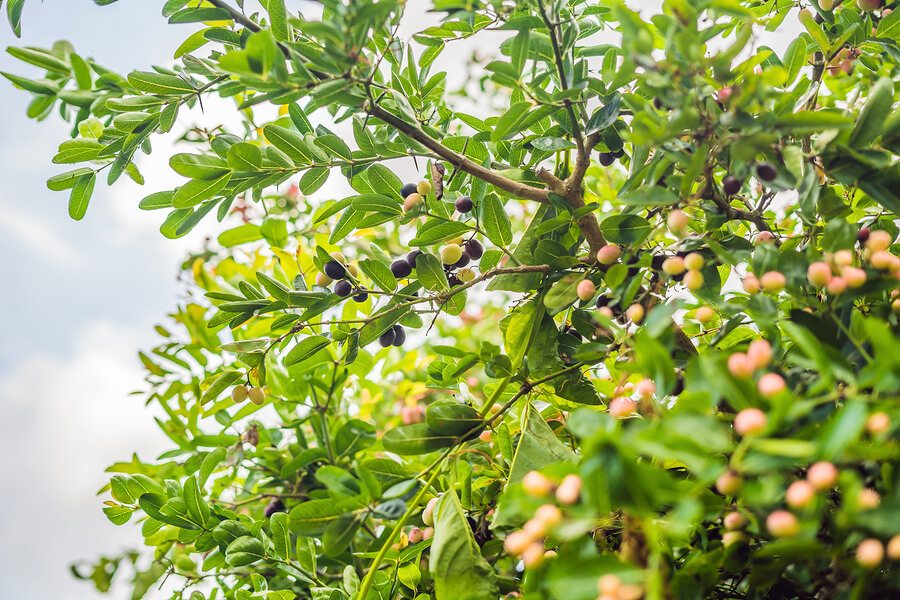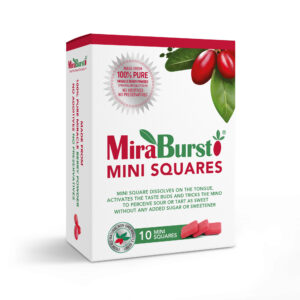
Will the Miracle Berry Come Full Circle?
The miracle berry, otherwise known as Asaba in its native country of Ghana, has been around for centuries. Used by the ancestral population to enhance the taste of otherwise bland or bitter food, it was an unremarkable staple of life. Even after it was “discovered” by western culture for its remarkable attributes, it remained unremarkable to Ghanaians who still used it as a simple way to sweeten food without the aid of sugar.
The Wall
Although the miracle berries showed promise as a natural sweetener in the United States at one point, as is sometimes the case with government and bureaucracy, it was relegated to the label of “food additive” which ensured that it would be subject to costly testing in order to be approved by the FDA. The miracle of the berry hit a wall of potential obscurity.
The Miracle Berry Revisited
Fast forward to 2013. The western world had rediscovered the miracle fruit and began to test it clinically for its potential in the way of obesity, diabetes, and also as a potential taste regulator for cancer patients.
In the meantime, the lovely people of Ghana had adopted the western diet and had become as sick and overweight as the rest of the world. Whereas their beloved Asaba used for centuries by their ancestors held such remarkable promise for its natural ability to turn sour into sweet, contemporary Ghanaians were importing refined sugar to the unfortunate detriment of their health and longevity.
[mira-cta]
A Strange Irony
This irony was not lost on Dr. Kojo Cobba Essel, a medical doctor in Ghana holding an MBA and also is ISSA certified in exercise therapy and fitness nutrition in his native country, when he read about westerners who were cultivating Asaba and asking for help in producing and marketing the berries, he decided that Ghanaians needed to take another strong look at their native berry.
The irony, in fact, was that the miracle berry that originated from his area of the world had been rejected by the very people who used it throughout history and replaced by the things that were killing western populations due to obesity and diabetes. In the meantime, the western world was looking to market the tiny miracle berries to save them from their own health plight.
Dr Kojo Cobba Essel suggested that Asaba could be revisited by his fellow Ghanaians with the potential of even becoming a cash crop the way that cocoa had. He saw the health implications for weight control and managing diabetes that not only plagues the western world but also his native Ghana where the World Health Organization expects diabetes to nearly triple by 2030 if on its current trajectory. So, will the tiny berry finally come full circle? Dr. Essel certainly hopes so.
Today, Dr. Essel is a personal trainer and is still writing about the potential of the miracle fruit in his native country as well as weighing in on Business Ghana and is a columnist for Ghana Web writing about such things as health, fitness, and stress.
Fortunately, the berry is available today at MiraBurst® as frozen or miracle berry tablets. Contact us today for more information.


